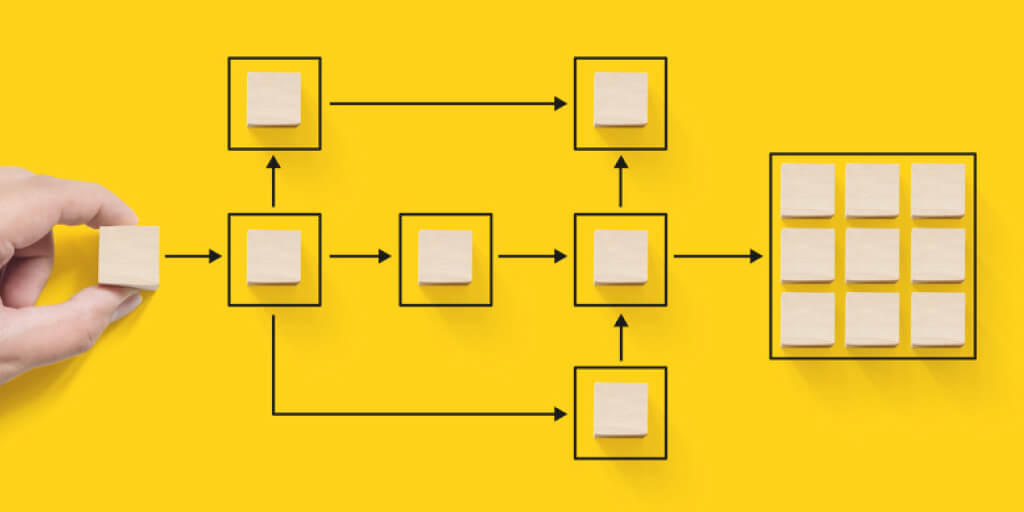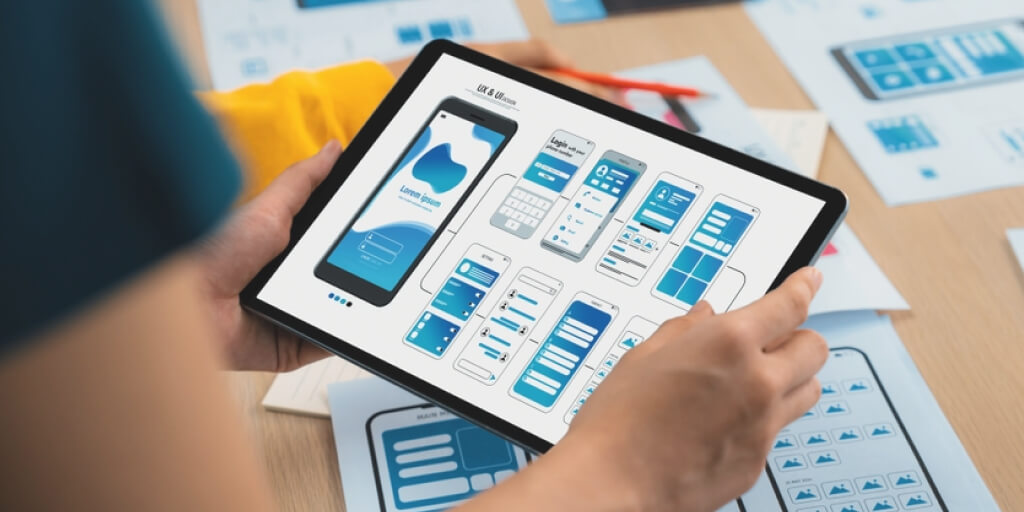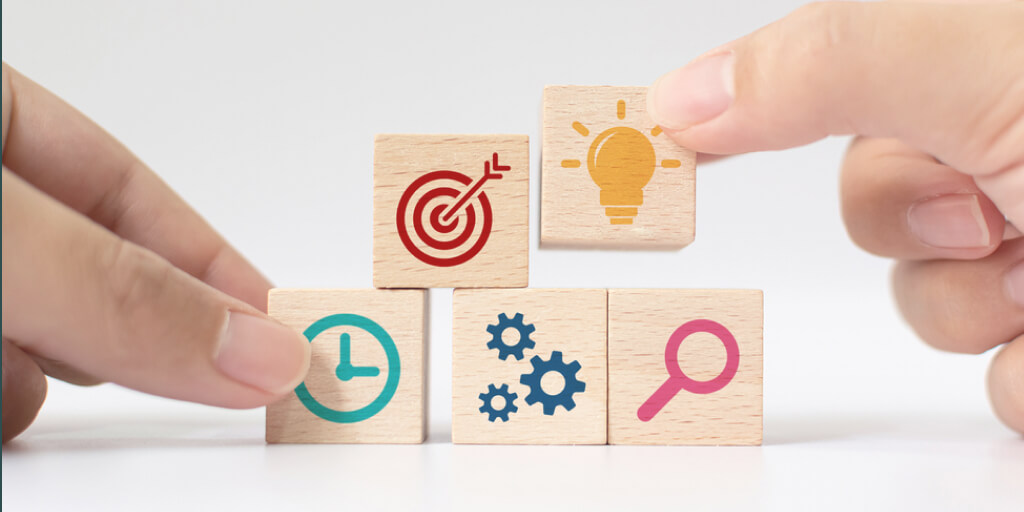In the ever-evolving landscape of government services, delivering exceptional user experiences has become a paramount priority. Citizens, accustomed to the seamless interactions offered by leading consumer brands, now expect the same level of intuitive and user-centric design from their interactions with government agencies. Failure to meet these expectations can erode trust, hinder engagement, and ultimately undermine the effectiveness of public services.
To address this challenge, a growing number of government organizations are embracing the transformative power of design thinking, a human-centered approach that places empathy at the core of innovation. By adopting design thinking principles, agencies can transcend traditional, siloed mindsets and cultivate a culture of continuous improvement, ultimately crafting experiences that resonate with the diverse needs of their constituents.
This comprehensive guide delves into the intricacies of enhancing user experience in government services through the lens of design thinking, serving as a roadmap for organizations seeking to embark on this transformative journey.
Setting the Stage: Understanding User Empathy in Government Services

The foundation of exceptional user experiences lies in developing a deep understanding of the individuals these services are designed to serve. User empathy, the ability to perceive the world from the user’s perspective, is the cornerstone of meaningful design, transforming cold systems into warm, human-centric experiences.
“User empathy is the cornerstone of meaningful design, transforming cold systems into warm, human-centric experiences.”
In this section, we explore the essence of user empathy and its pivotal role in shaping government services that truly resonate with citizens.
- Navigating the Maze: The Essence of Design Thinking: Enter the realm of design thinking, a revolutionary approach that places empathy at its core. This human-centered methodology empowers organizations to deeply understand their users, reframe challenges, and iterate towards innovative solutions. By adopting design thinking principles, government agencies can embark on a transformative journey, breaking free from traditional, siloed mindsets and embracing a collaborative, user-centric philosophy.
Mapping Needs: The Compass of User-Centricity

To truly grasp the essence of user empathy, one must delve into the intricate tapestry of human needs, motivations, and pain points. This voyage begins with meticulous research, employing a diverse array of tools and techniques.
- Unveiling Insights: Research Tools and Stakeholder Dynamics: Ethnographic studies, interviews, focus groups, and surveys unveil the rich narratives woven by users, shedding light on their lived experiences. Stakeholder mapping illuminates the intricate web of relationships, revealing potential allies and hurdles along the path to user-centric transformation.
- Faces Behind the Data: Crafting Personas for Empathy: From these insights emerges the art of persona development, breathing life into the data by crafting vivid representations of user archetypes. These personas serve as empathy anchors, guiding decision-making processes and fostering a deep connection with the human beings at the heart of the design endeavor.
Brainstorming Innovation: Ideation in the Government Sphere

Armed with a profound understanding of user needs, the stage is set for ideation, a crucible where ingenuity takes flight.
- Igniting Creativity: Storming Sessions: “Collaborative brainstorming sessions ignite the spark of innovation, unleashing a torrent of ideas that challenge conventions and push boundaries.” Facilitated by skilled moderators, these sessions harness the collective intelligence of diverse stakeholders, fostering an environment where unconventional thinking thrives.
- From Sketches to Reality: Prototyping for Tangible Solutions: Conceptual sketches and low-fidelity prototypes breathe life into abstract ideas, enabling tactile exploration and iteration. By embracing a “fail fast, learn faster” mindset, government agencies can rapidly refine their concepts, ensuring alignment with user needs and minimizing the risks associated with costly implementations.
- Plotting Journeys: User Story Mapping for Seamless Experiences: Complementing this process is the art of user story mapping, a technique that weaves individual functionalities into cohesive, end-to-end experiences. By visualizing the user’s journey, designers can identify pain points, streamline workflows, and orchestrate delightful, intuitive interactions that leave a lasting impression.
Crafting Experience: Prototypes, Tests, and Iterations

The journey from concept to reality is paved with continuous refinement, where prototypes are iteratively enhanced through rigorous testing and user feedback.
- Building Bridges: Rapid Prototyping Strategies: Agile methodologies empower teams to swiftly translate ideas into tangible prototypes, leveraging tools like wireframing, interactive mockups, and coded demos. This iterative cycle accelerates the learning curve, enabling government agencies to validate assumptions and course-correct swiftly.
- Field Trials: Usability Testing Adventures: “Usability testing is the ultimate litmus test, exposing the strengths and weaknesses of designs through the lens of real users.” By meticulously observing and analyzing user interactions, designers can uncover valuable insights, identify usability hurdles, and refine the experience accordingly.
- Evolution by Iteration: Refining Designs Through Feedback: Feedback loops are the lifeblood of user-centric design, fueling a continuous cycle of improvement. By actively soliciting and embracing user feedback, government agencies can stay attuned to evolving needs, ensuring their solutions remain relevant and impactful.
Putting Ideas into Action: Implementation Strategies

As designs mature and stakeholder buy-in solidifies, the focus shifts towards seamless implementation, bridging the gap between concept and reality.
- Bridging the Gap: Collaboration Between Design and Development: Fostering a collaborative dynamic between design and development teams is paramount. Through open communication channels and shared understanding, designers can effectively translate their visions into functional, scalable solutions, while developers contribute their technical expertise to ensure feasibility and maintainability.
- Empowering Users: Training and Smooth Onboarding: Ensuring a smooth transition for end-users is crucial. Comprehensive training programs, intuitive onboarding experiences, and accessible support resources empower citizens to embrace new systems with confidence, minimizing frustration and maximizing adoption rates.
- Shifting Tides: Strategies for Effective Change Management: Introducing new digital experiences often involves navigating the complexities of organizational change. Effective change management strategies, such as clear communication, stakeholder engagement, and advocacy from leadership, can help mitigate resistance and cultivate a culture of continuous improvement.
Nurturing Growth: Monitoring and Adaptation

The journey towards user-centric excellence is a continuous loop, fueled by ongoing monitoring, data-driven insights, and a willingness to adapt.
- Listening Ears: Collecting and Utilizing Feedback: “User feedback is the lifeblood of continuous improvement, providing invaluable insights into pain points, aspirations, and opportunities for growth.” By establishing robust feedback channels, such as surveys, user forums, and analytics tools, government agencies can stay attuned to the evolving needs of their constituents.
- Data-Driven Decisions: The Power of Analytics: Leveraging the power of analytics, agencies can gain granular insights into user behavior, interaction patterns, and performance metrics. This data-driven approach empowers informed decision-making, enabling targeted optimizations and strategic resource allocation.
- Adapting Horizons: Continuously Evolving Solutions: In the dynamic digital landscape, stagnation is the antithesis of user-centricity. By embracing an agile mindset and fostering a culture of continuous improvement, government agencies can stay ahead of the curve, iterating and enhancing their offerings to meet the ever-evolving needs of citizens.
Illuminating Success: Case Studies in Government UX Transformation

The transformative power of user-centric design is best exemplified through real-world success stories, where government agencies have embraced empathy and reaped the rewards of exceptional user experiences.
- Tales of Triumph: Real-Life Design Thinking Triumphs: From streamlining bureaucratic processes to enhancing citizen engagement, numerous agencies have harnessed the principles of design thinking to revolutionize their services. These case studies serve as beacons of inspiration, showcasing the tangible impact of user empathy on efficiency, satisfaction, and trust.
- Nuggets of Wisdom: Lessons and Insights from the Trenches: Embedded within these success stories lie invaluable lessons and insights, distilled from the experiences of seasoned practitioners. By learning from their triumphs and challenges, government agencies can navigate their own user experience journeys with greater confidence and foresight.
Journey’s End: Conclusion and Future Horizons
As we approach the culmination of our exploration, it becomes evident that user empathy is not merely a buzzword, but a fundamental principle that underpins the delivery of exceptional government services.







